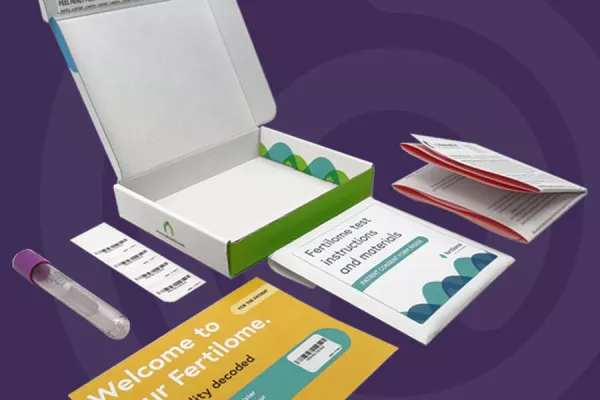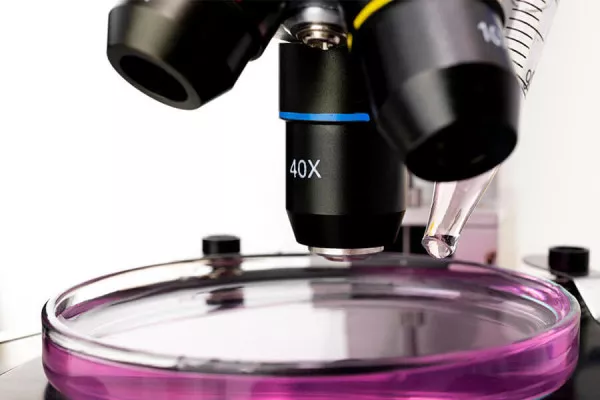- News
- From Cold Cases to Cold Chain Logistics [How Forensic…
Technology
From Cold Cases to Cold Chain Logistics [How Forensic Testing Kits Play a Role in Fighting Crime]
DNA testing has been around since the mid-1980s, and, as most true-crime buffs know, has revolutionized forensic science. Now with the increased use of forensic genetic genealogy, cold case detectives are solving decades-old cases.
But there is more than just DNA evidence that is collected at a crime scene for analysis. And before you can collect or test physical evidence at a crime scene or accident scene, you need to start with forensic testing kits.
What goes into forensic lab kits? Let’s find out.

From Swabs to Tweezers and Everything in Between
Forensic test kits are similar to their medical counterparts in that they can be customized for each company or law enforcement organization based on need. A typical forensic kit can include:
- Bags and paper sheets for evidence collection
- Envelopes/Plastic resealable bags
- Swabs
- Tweezers
- Evidence seals/tape
- PPE
With specialties in mind, forensic testing kits can be assembled for a specific type of crime. For instance, a trace evidence collection kit might contain:
- Acetate sheet protectors
- Bindle paper
- Clear tape/adhesive lift
- Electrostatic dust lifter
- Flashlight (oblique lighting)
- Forceps/tweezers
- Glass vials
- Slides and slide mailers
- Trace evidence vacuum with disposable collection filters
Once the crime scene is processed, the forensic evidence is sent to a laboratory for testing. BioTouch utilizes GPS tracking and barcoding scanning technology to ensure our clients are able to track the package and its delivery status in real-time. After all, if the evidence never makes it to the lab, or is delayed, that can be an issue for law enforcement.

Forensic Diagnostics in Action
To recap, we know what goes into a forensic testing kit and that those kits are completely customizable. Whether the use is for real-world laboratory testing or for educational purposes, forensic kits can be as unique as a fingerprint. And we know BioTouch provides courier management and laboratory logistics services to track the delivery of the forensic evidence to the lab.
So what happens when the lab receives the evidence?
A single piece of evidence can be utilized for several tests. Because one piece of evidence can be used over and over, it’s important to ensure the evidence is delivered intact, is kept at the right temperature, and is stored or sealed properly.
The Cold Chain of Evidence
Similar to medical specimens that need to be kept in temperature-controlled environments, certain forensic evidence could also spoil and be unusable if kept at the wrong temperature.
We understand the importance of temperature control, which is why temperature control logistics are an integral part of our all-in-one solutions for kitting, delivery, and beyond.
The Future of Forensic Testing
As we mentioned before, forensic genetic genealogy is quickly becoming a groundbreaking way for law enforcement to work with genetic labs to revisit stored DNA samples in order to get leads for cases that have gone cold, or even to identify nameless victims.
As technology continues to evolve, and the role that forensic evidence plays in crime and victim analysis, companies will need a partner to help create the unique forensic testing kits they need, as well as have a reliable tracking system in place to manage inventory and more.
About BioTouch
BioTouch is a single-source, international provider that brings a higher level of care to healthcare delivery, spanning medical kit and supply distribution, printing, logistics, temperature control, and last-mile services.
Our solutions help eliminate silos and give laboratories and hospitals all the critical intelligence needed to create new efficiencies across the entire organization, allowing you to focus on what you do best; patient care.
